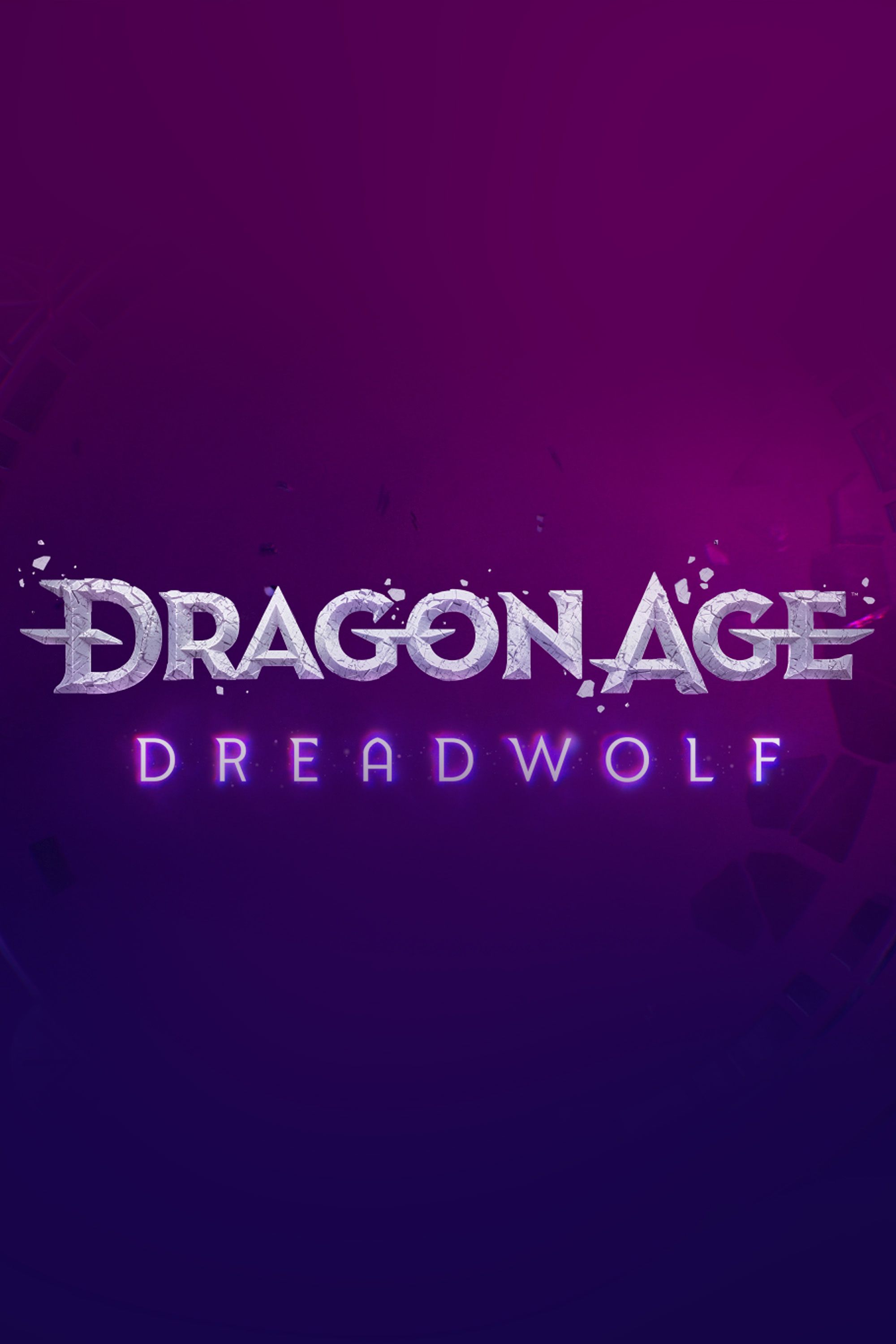
Dreadwolf's Dark Descent: The Need for a 'Dark Urge' Background in Dragon Age

Dragon Age: Dreadwolf can enhance player experience by introducing a 'Dark Urge' background, inspired by Baldur's Gate 3 This article explores how this new option could seamlessly integrate into the game, particularly in the Tevinter setting
Article Key Points
Dragon Age: Dreadwolf will continue from Inquisition's Trespasser and take players to the never-before-seen Tevinter, where the Elven deity Fen'Harel - AKA Solas - awaits.
To surpass the RPG standards set by Baldur's Gate 3, Dreadwolf from BioWare must offer something truly exceptional. One way to achieve this is by incorporating a 'Dark Urge' background into the Dragon Age franchise, inspired by the depth showcased in Baldur's Gate 3. This unique addition would enable players to either embrace or resist their character's powerful desire for killing, enhancing the complexity of the game.
Dragon Age: Dreadwolf picks up where Inquisition's Trespasser expansion left off, taking players on a journey to Tevinter. The explosive ending of Trespasser unveiled the shocking truth that the Elven Sorcerer Solas is indeed the dreaded deity Fen'Harel, also known as the Dreadwolf. This cliffhanger also hinted at the game's setting in Tevinter, an announcement later confirmed by BioWare.
The success of Larian Studios' Baldur's Gate 3 has set the bar high for RPGs, meaning Dragon Age: Dreadwolf must offer players a captivating experience to surpass it. Acting as the spiritual successor to Dragon Age, Baldur's Gate 3 has admirably filled the void left by BioWare's delay of Dreadwolf. There is one particular feature in Baldur's Gate 3, known as Dark Urge, that BioWare could draw inspiration from. Implementing this feature into the Dragon Age franchise would not only enhance the gameplay, but also deepen the already intricate storyline.
Dragon Age Needs a 'Dark Urge’ Background
Baldur’s Gate 3’s Dark Urge Origin
The Dark Urge origin in BG3 has garnered significant popularity among the game's fans. Similar to the companions, players have the option to choose the Dark Urge as their origin character. What sets the Dark Urge apart is its complete customizability. This origin offers an array of new dialogue options with NPCs and companions, along with a captivating personal storyline that involves both the player character and another NPC. At the start of the game, the Dark Urge awakens with amnesia, gradually discovering their insatiable thirst for killing and the tendency to engage in murderous acts while asleep. Ultimately, players are faced with the decision of whether to resist these urges or wholeheartedly embrace them.
How a ‘Dark Urge’ Background Would Fit in Dragon Age
Dragon Age has previously introduced characters with traits similar to the Dark Urge. For instance, Anders was possessed by a spirit of Justice and would occasionally lose control of his body to the spirit, resulting in blackout episodes. However, Anders did not possess the urge to commit killing and murder. If Dragon Age: Dreadwolf is indeed moving towards a faction-based class system, as rumored, incorporating the Dark Urge as a predefined class could be considered. Alternatively, allowing players to select the Dark Urge as a background would offer greater customization options for their characters. In Dragon Age, the Dark Urge could represent someone who has endured demonic possession while retaining their free will, steering clear of becoming an Abomination. Eventually, it becomes apparent that the demon is exerting influence over their actions.
Tevinter is the Perfect Setting for a ‘Dark Urge’
The Tevinter Imperium is home to numerous Magisters, many of whom exploit their slaves in unspeakable ways. For instance, Magister Danarius forcibly infused the popular companion Fenris with lyrium, turning him into a personal guard until Fenris eventually escaped. In Dragon Age: Dreadwolf, the player character could have been captured or enslaved by a Magister, enduring some horrific experience such as the Dark Urge affliction. It would be logical for a Magister to attempt to bind a demon to someone, creating a mindless loyal servant. However, the player character, either due to their own power or sheer luck, managed to survive with their sanity intact, only to discover later that they have been manipulated by a demon all along.
While the Tevinter Imperium officially discourages blood magic, it is widely practiced unlike in other countries in Thedas, where it is outlawed. Perhaps the player character dabbled in blood magic and one day, a spell went awry, corrupting them. Normally, blood magic corruption is caused by a demon possessing the spell caster, leading to the transformation into an abomination. However, the player character defied the odds and survived, with the demon now attempting to influence their actions. There are several ways to incorporate a version of the Dark Urge in Dragon Age: Dreadwolf, so hopefully one of these narrative paths is chosen.
Dragon Age: Dreadwolf
Franchise Dragon AgeDeveloper(s) BioWarePublisher(s) Electronic Arts
Editor's P/S
As an enthusiastic fan of the Dragon Age series, I am thrilled about the upcoming release of Dreadwolf. The game promises to take players on an exciting journey to the never-before-seen Tevinter, where they will encounter the Elven deity Fen'Harel, also known as the Dreadwolf. One feature that I believe would greatly enhance the player experience in Dreadwolf is the introduction of a 'Dark Urge' background, inspired by the Dark Urge origin in Baldur's Gate 3.
The Dark Urge background would allow players to choose a character who has endured demonic possession while retaining their free will, steering clear of becoming an Abomination. This background would offer a unique and captivating personal storyline, as players discover that they have been manipulated by a demon all along. The Dark Urge could manifest in various ways, such as an insatiable thirst for killing or a tendency to engage in murderous acts while asleep. Players would be faced with the decision of whether to resist these urges or wholeheartedly embrace them, adding depth and complexity to the gameplay.














